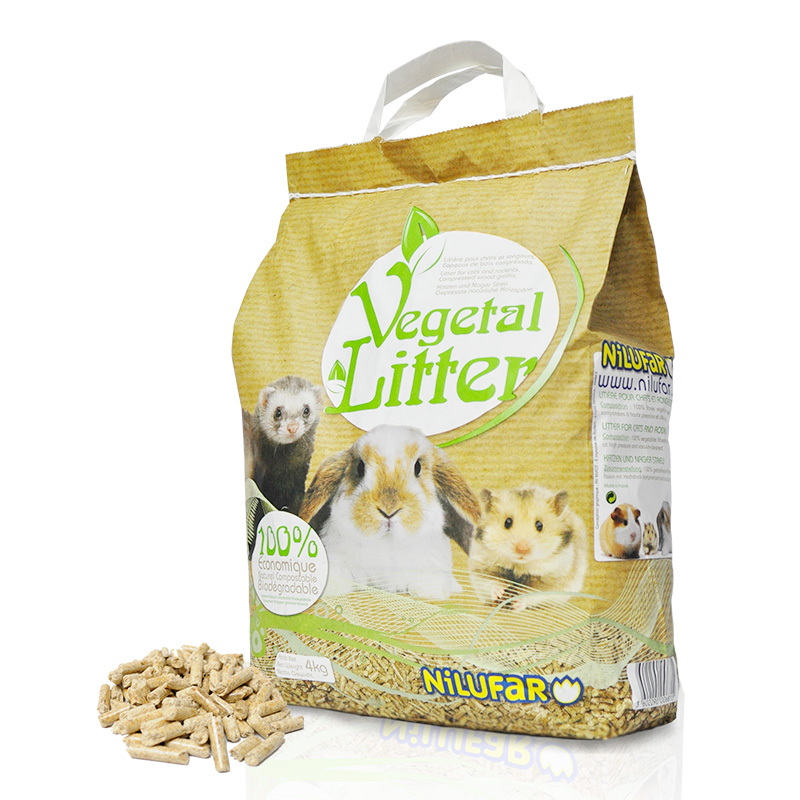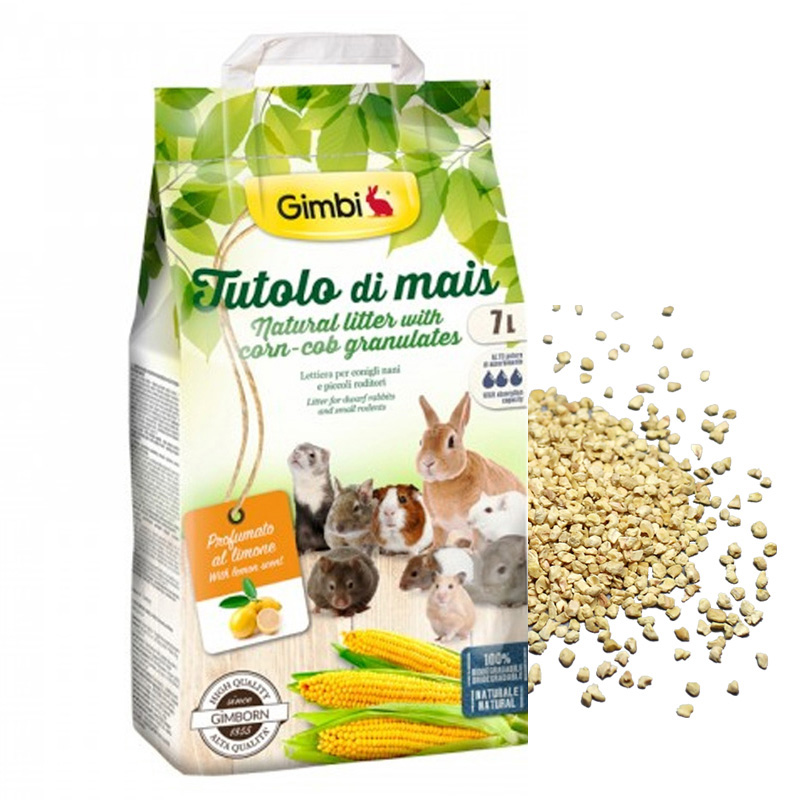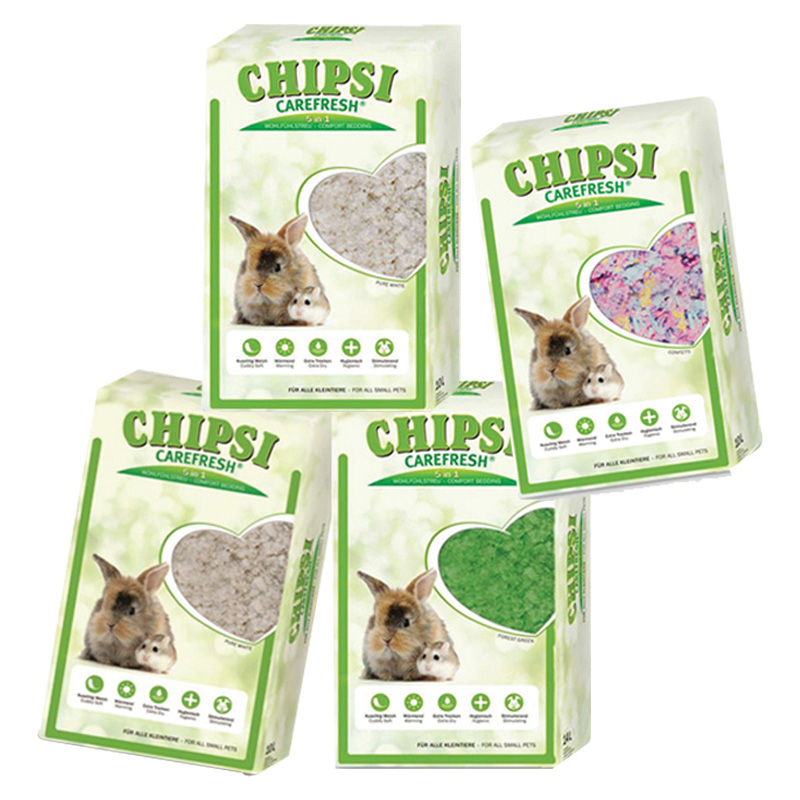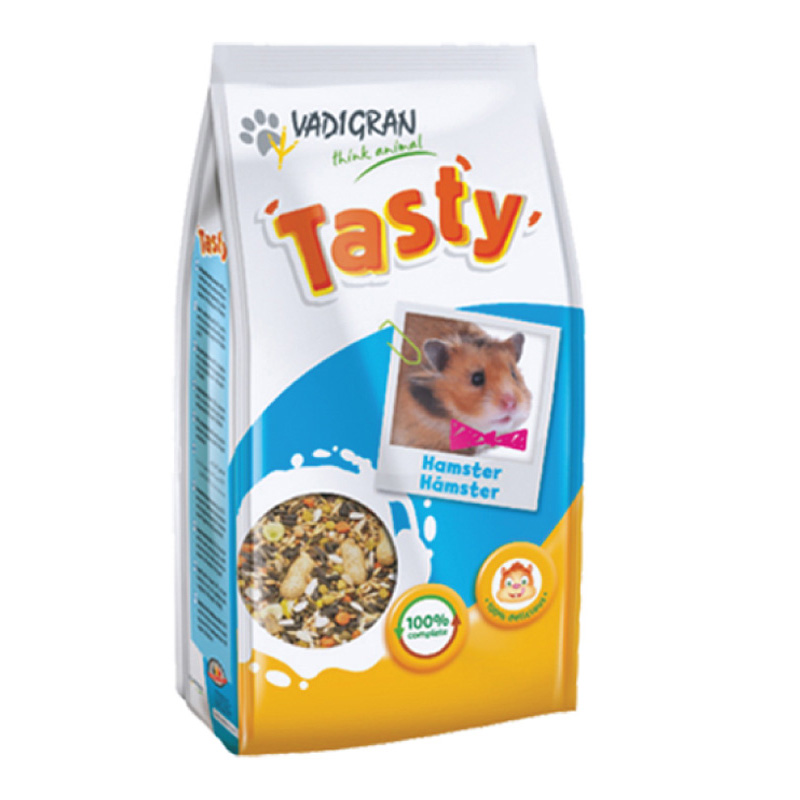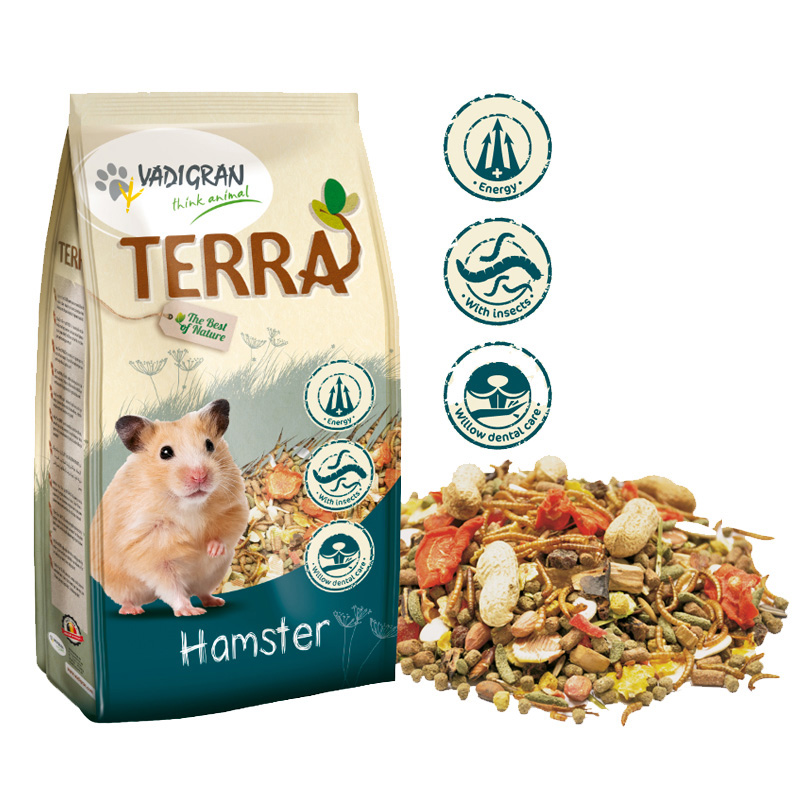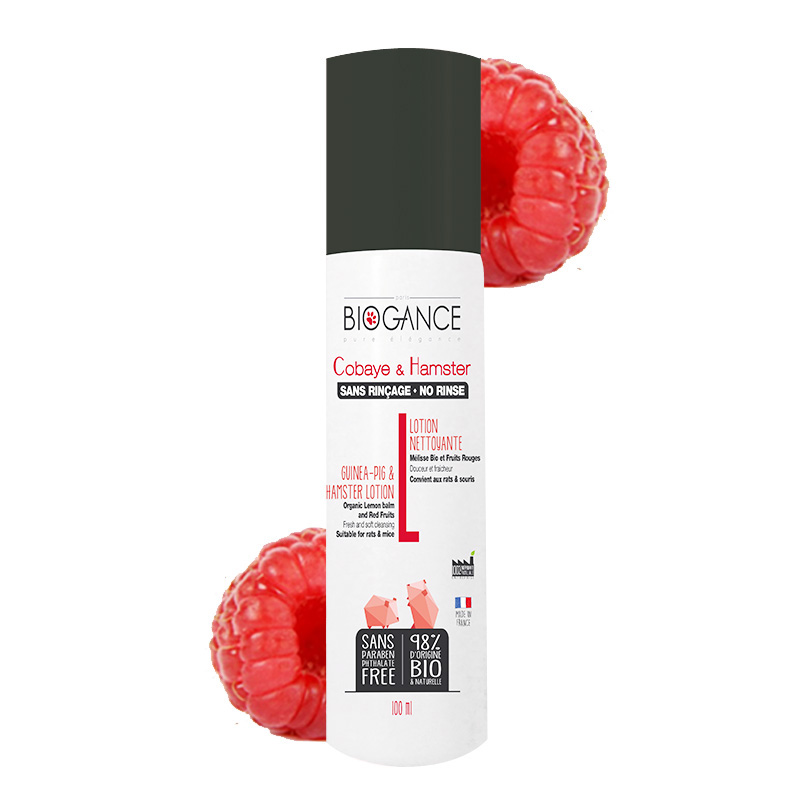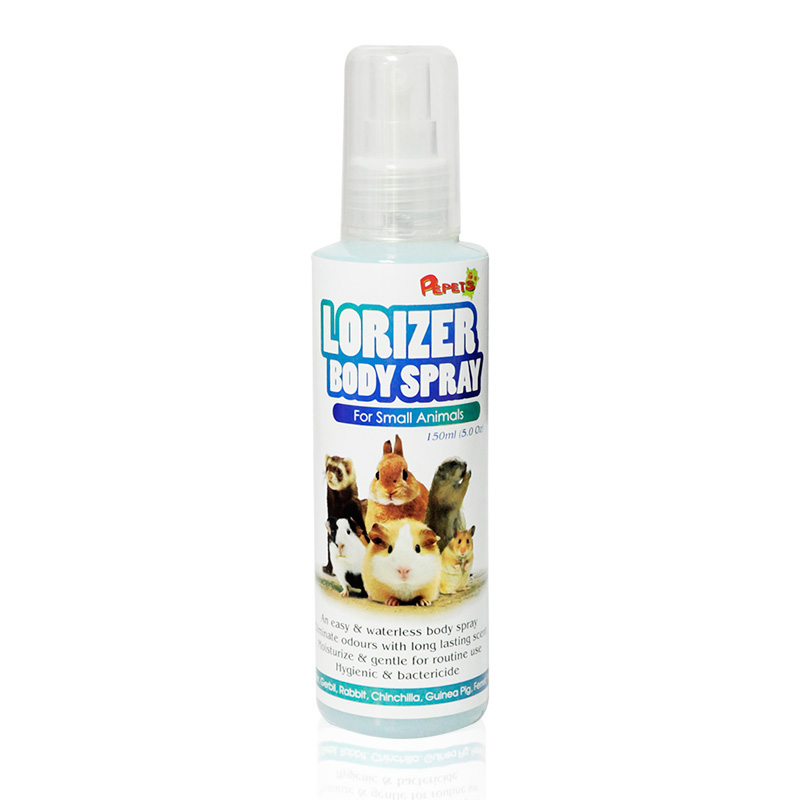Beginner Care Guide of Hamster
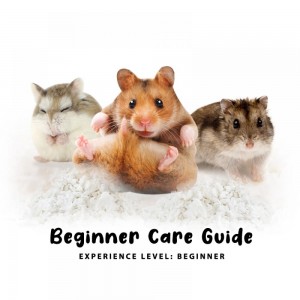
Common name: Hamster
Average size: 7-15cm, varies with breeds
Variety:
- Syrian or Golden Hamster Mesocricetus auratus
- Roborovski Hamster Phodopus campbelli
- Winter White Russian Dwarf Hamster Phodopus sungorus
- Chinese Hamster Cricetilus griseus
Lifespan: Approximately 2-3 years with proper care
TRAITS & BEHAVIOR
Rodent:
Hamsters are rodents which having large incisor teeth that are continually growing. Therefore, it is a necessity to provide them gnawing woods in order to prevent the teeth from overgrowing.
Nocturnal:
Hamsters mostly spend a lot of time to sleep during daytime and active through night time.
Larder hoarder:
Hamsters have expandable cheek pouches, which extend from its cheeks to its shoulders, to transport foods and bedding materials back to their burrow where they will store foods.
Handling:
Do not squeeze or hold them too tightly as this may frightened them. Gently scoop your hamster up with both hands.
ENVIRONMENT
Housing:
Cages available for hamster are wire cage, plastic cage or aquarium (glass or plastic) with built in tunnels and hideaways. A minimum of 12 x 12 x 18 inches wire cage with horizontal bars spaced not more than 1/2 inch apart is recommended.
Cage placement:
Choose a place away from direct sunlight, draughty and low humidity.
Bedding:
Bedding materials like Nilufar Vegetal Litter, Gimborn Corn Cob Litter and Carefresh Bedding untreated paper products, aspen or other hardwood shavings are recommended. Place at least 1-2 inches of bedding as hamsters are excellent diggers. This will also prevents injury as they may fall down when they climb.
Accessories:
Put a toilet bowl and train them to drop litters on it. It is also essential to provide Hamukichi Bathroom and Hamukichi Bathing Sand for them to clean their body. Other accessories needed are drinker, food bowl, hiding hutch, exercise wheel, tunnels, tubes and wooden chew blocks for gnawing.
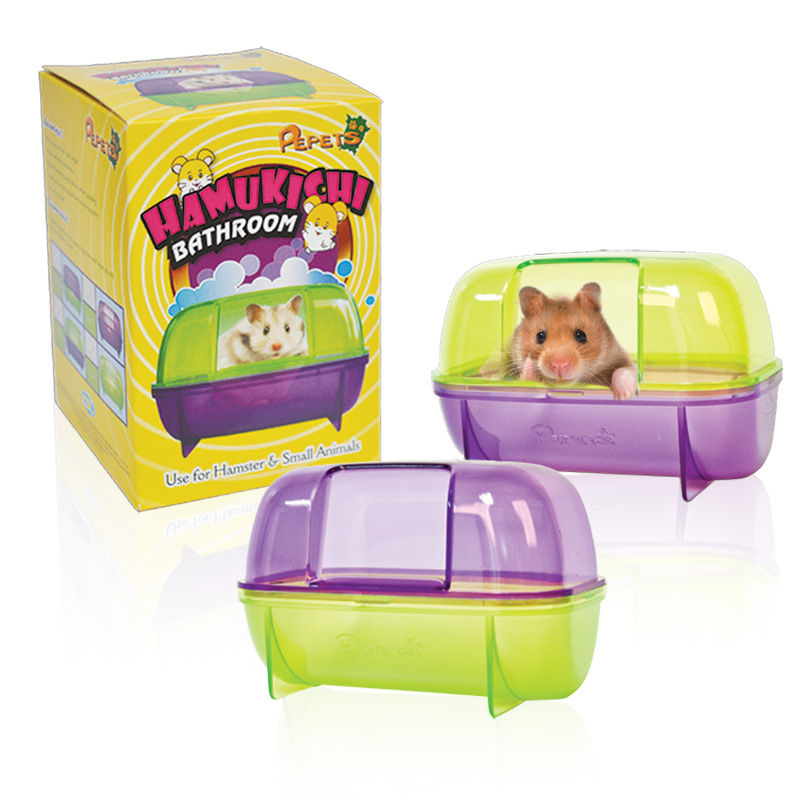
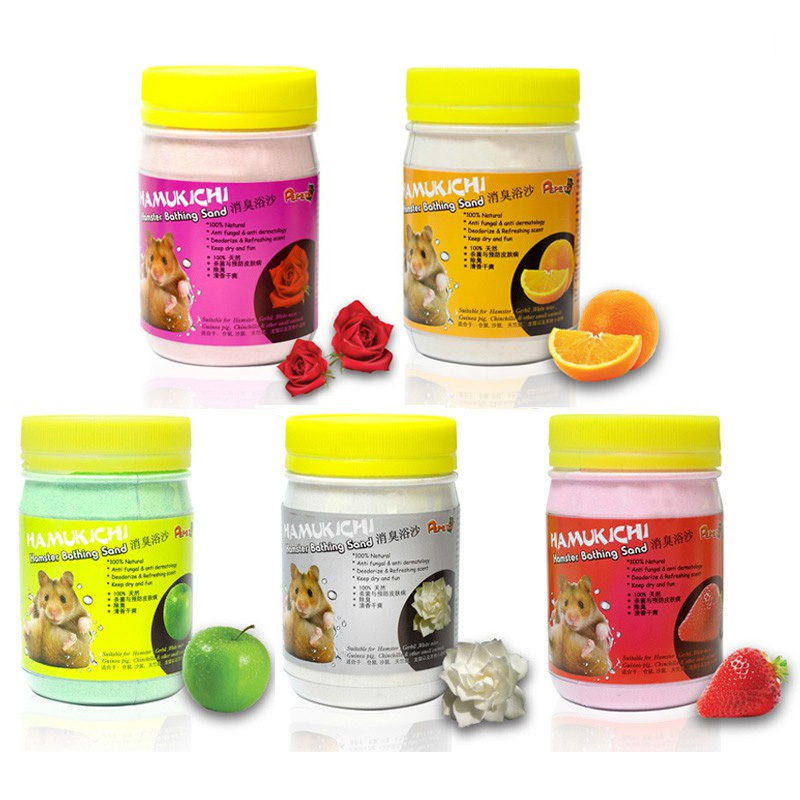
NUTRITION
Staple diet:
Hamsters are omnivores. Provide good quality fortified diet like Vadigran Tasty Hamster or Vadigran Terra Hamster to meet their daily nutritional needs.
Treats:
Treats are not essential but it can be a beneficial reward as you accus toming your hamster.
Fruits and vegetables:
A truly diet, a hamster should receive small quantity of fresh fruits and vegetables like carrot, broccoli, apple and etc daily.
Gnawing woods:
Hamster teeth will remain sharp and at the right length by constant gnawing. Provide a gnawing woods like Goodbite Tiny & Natural for Rodents are a must in order to prevent the teeth from being overgrowing.
Water:
Make sure fresh water is available all the times.
HEALTH
Sign of healthy:
- Clean and bright eyes
- Silky coat with supple skin
- Active and stay alert
- Eat and drink normally
- Well formed droppings
Sign of illness:
- Weight loss
- Lethargic behavior
- Dull coat or bare patches
- Loss of appetite
- Diarrhea
IMPORTANCE
1. Wash hand thoroughly with soap before and after handling your pet.
2. Thoroughly clean their housing and change the bedding at least once a week or once it is soiled.
3. Spray pet’s coat with Biogance Dry Clean Lotion for Hamster & Guinea Pig, Pepets Lorizer or Waterless Skin Care Shampoo and clean with a cloth once their fur get soiled.
4. Gnawing woods such as Goodbite Tiny & Natural for Rodents are a must in order to prevent the teeth from being overgrowing.
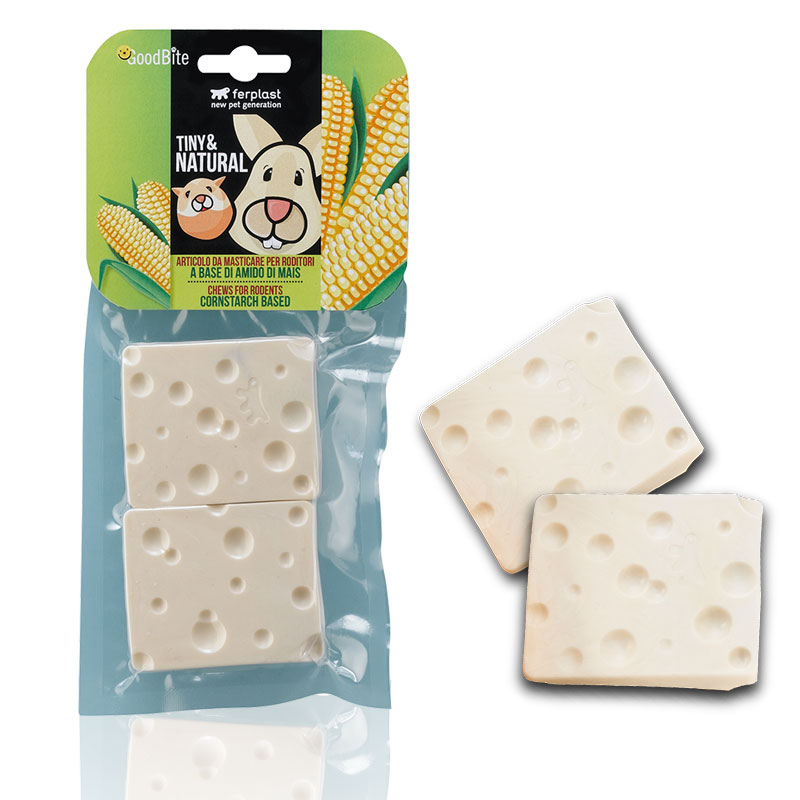
5. Hamsters can be territorial and attacking ownkinds. Therefore, it is recommended to rear only one hamster per housing for beginners.

